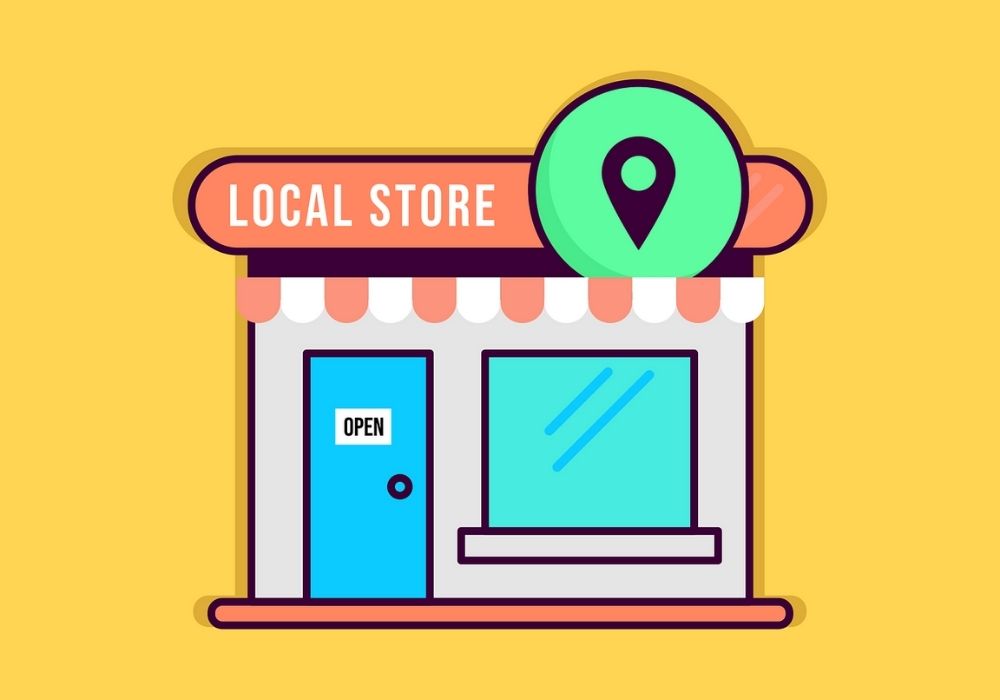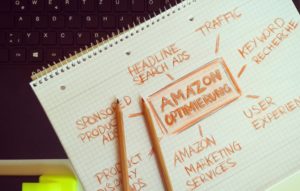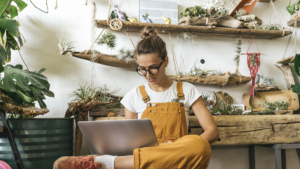In association with Control vs Exposed (CvE), New Digital Age recently hosted a roundtable of marketing professionals to discuss the increased role of local marketing in a post-COVID world. NDA editor Justin Pearse and CvE’s President in Europe & Asia, Paul Frampton were joined by: Matt Bushby, UK marketing director at Just Eat; Pete Markey, CMO of Boots in UK & Ireland; Jane Savage, Head of Marketing and Ecommerce EMEA at RoC Skincare International; Alastair Pegg, Group CMO at A-Plan Insurance; and Matt Pollington, Marketing Director at Made.com.
In our second report from the event, we gather our experts’ thoughts on some of the key trends identified.
How well have brands managed to leverage local marketing in reaction to the pandemic?
Frampton: A few years ago, CvE built a machine learning solution that allows digital activity to be turned on by local franchises or local area managers. There was a growing trend towards ‘hyperlocal’ in marketing plans before the pandemic but, since it hit, interest in our solution has erupted.
Markey: I see a few brands that have done it well and others that haven’t really lent into local marketing at all. At Boots, as an essential retailer, so we’ve had a national network of stores open throughout the crisis. Our customers need to know what products and services they can access in their local area right now and what they can expect when they come in, particularly around pharmacy services, to help boost their confidence. Hyperlocal regional targeting has been massively important to retailers over the last couple of years and the pandemic has accelerated that.
Savage: At RoC Skincare, our distribution network is made up of thousands of independent pharmacies so local marketing has always been very important to us. Throughout the pandemic, a lot of our communications have been specifically geo-targeted around areas where we have distribution bubbles. We’ve also been focusing more on social media marketing and working with influencers who’s audience base reside around these locations. As a consumer, I’ve seen a lot of smaller, challenger brands doing well and adapting to a localised approach more easily than their larger competitors.
Bushby: Initially JustEat had to pivot, like a lot of other brands, to become providers of hyperlocal information in the first instance. I also think that, as consumers, our view of what defines ‘local’ has changed to become a lot smaller in scope and brands have had to react to that.
Pegg: Our branches are empowered to be part of their local community, whether that means having a relationship with the local rugby or cricket club or local business networking group. Post lockdown, those local business forums have turned into Zoom calls and WhatsApp groups, so the question becomes how do we as a brand gain access to those digital forums rather than the real-world events we used to be able to turn up to? It’s true that customers value a local aspect to brand marketing but only if it’s good marketing in the first place. If not, the local element won’t save you.
Pollington: I’ve been impressed by the gusto of local businesses in my own community, the butchers, the florists, the restaurants, the gardeners and so on, in how they have been adapting and marketing themselves throughout the lockdowns. I think there are lots of lessons to be learned by bigger businesses.
Have customer expectations changed as a result of the pandemic?
Markey: In physical stores, customers have a new set of basic expectations – hand sanitizer, social distancing, mask wearing and so on. For retailers, the next few months will be about how to coax people back into stores again and I expect local marketing to play a big role in that. There needs to be a closer relationship between what you’re doing online, how you provide deeper levels of interactions for customers instore, and what’s happening locally. We need to provide customers with the clarity and confidence they require to go shopping again.
Pollington: Here at MADE we’re excited to have continued to innovate for our customers through one-to-one digital appointments with our in-house interior experts, which has proved really popular during lockdown and we’re in the process of developing and investing in this service further to ensure it has a role to play beyond the pandemic.
Savage: We’ve been launching certain skincare ranges exclusively through independent pharmacies and supplying them with far more product samples for customers to take away (rather than testers to be applied instore) and providing them with more coaching material online, showing them how to best apply the products.
Bushby: At JustEat, we’ve seen quite a lot of change in terms of consumer behaviour over the course of the last 12 months. For example, we’ve seen huge increases inordering over breakfast andt lunch . We’ve had work with our independents to help shape what they’re offering the kind of service that customers are asking for. Some restaurants which previously only catered for dinner have widened their offering as a result.
Is company structure important to organisations in leveraging local marketing?
Frampton: We often work with franchise model businesses, such as auto dealerships or gym brands. Franchisees often have different offers or slightly different propositions at a local level and some level of control over marketing budgets, but the problem is that quite a lot of those local managers aren’t particularly literate in marketing or digital. On the other hand, some of the master franchisees might operate 200 stores and really need more control over their local marketing. At CvE, our solution is designed to be very flexible and accessible in the controls it allows franchisees, so they can, for example, help amplify national campaigns in a targeted, local way.
Markey: 85% of the UK population live within 10 minutes of a Boots store. For us, the adaption to local has been around harnessing the opportunities that come with data – and making that work that can be a structural issue. We benefit from a really good regional network of managers and our Boots Advantage card is very helpful in terms of uncovering local trends, both instore and online. Voucher booklets are also a really good engagement mechanic for us in conjunction with the Advantage card. Radio has also been particularly effective for us in terms of topping and tailing national campaigns and targeting on a regional basis.
Pollington: The furniture market has substantial demand currently that we’ve been well placed to respond to for our customer. What wins for us at the minute is having range and having availability. We are a digital brand but we recognize that certain customers want to touch and feel the product. How do we service that need, either digitally or physically, and how does our response intersect with our local strategy? We’re investing in the latest and most advanced technologies, such as AR, which now live across much of our range. This enabled our customers to more deeply engage with our product even in the comfort of their own home space.
What channels are brands using for local marketing activity?
Savage: In marketing terms, we have a mix of central and local initiatives. We provide our distributor network with toolkits and key assets, but we buy our digital media centrally. We create central assets for digital and social but the distributors can then adapt and amplify those to create their own organic content for local channels. In Italy, we do a lot of local radio. In Spain, we focus more on digital out of home. Our use of influencers also varies across different locations. Influencer activity is locally managed to allow for a more personalised relationship and, so far, that’s working very well for us.
Bushby: We’ve also seen a resurgence of the door drop, simply because so many of us are still at home. From a digital point of view, we are blessed in that we have a lot of first-party data to help to power some of the decisions we make at a local level. For example, in London, we’ll look at things on a borough-by-borough basis, where our suppliers are strong, where we have variability in demand, and so on.
Pegg: Our branches haven’t been open, so we’ve not been able to rely on the traffic that naturally comes through the door. For us, the use of social and email has increased dramatically. Also, we’ve upped the use of PPC, in terms of covering search terms based on locality rather than ‘type of insurance’. We’ve also seen Google My Business do well for us.
Frampton: Unfortunately, over the last decade, a lot of local media has suffered. Technology is now allowing those channels to actually be addressable and bought programmatically. Increasingly, brands of all sizes have the ability to take data that tells them where their audiences with the highest propensity to buy are, map that over other intent data, and go buy media in local areas that they care about. That provides a lot of opportunity, but it also brings a lot of complexity, unless you’ve got a model that allows you to activate 3000 campaigns at once.
Right now, there’s a desire for on-demand ecommerce, delivered quickly to my house, but there’s also a massive, pent-up demand for interaction with real people in our own communities.
It’s going to be interesting to see how we, as marketers, find the balance between digital and real-world. Another balance is to be struck is how brands view their responsibility to local communities, given that the pandemic has put high street shopping under more pressure than ever. Rather than simply investing in internationally owned ecommerce platforms and media channels, how can brands use their media budgets to do more to support the high street?
Do brands have a responsibility to support the economies of local communities?
Pollington: Over the last 18 months, we have some very specific strategies around how we engage with national and local communities. For example, we launched a wonderful initiative during the early months of the pandemic, where we donated over 2,000 MADE products to 150+ NHS hospitals. This mission continues today through gifting much needed furniture to local charities and safeguarding institutions.
Savage: It’s a really hot topic for us, as independent pharmacies are so sensitive to the impacts of ecommerce platforms like Amazon. Managing that balance and making sure that we are doing everything we can to help drive footfall into those independent stores is very important to us. That may mean providing them with exclusive products lines that are only available instore and giving them materials to help offer expert advice to instore shoppers.
Bushby: Early in the pandemic, Just Eat put together a support package worth more than £12 million pounds for our independent partner restaurants. The restaurants on the high street are the heart of our business. We’ve also put support packages in place to support our couriers when they are forced to be off the road. We’ve also been offering discounted meals to NHS workers and working with broader communities to address food poverty. The last 12 months has really brought our role within the community into sharp focus.
Will the increased focus on local or community marketing last beyond the pandemic?
Frampton: It’s about finding that optimal mix between national and local activity that drives the business. Depending on which business you’re in, that can be a very complex task. I think, post-pandemic, there will still be a big opportunity for brands to use new technology and develop different service models to leverage local marketing much more effectively.












